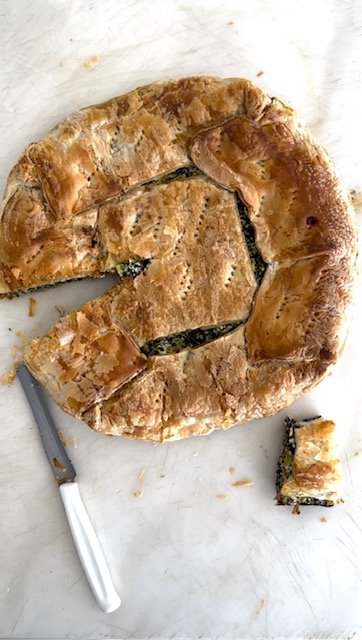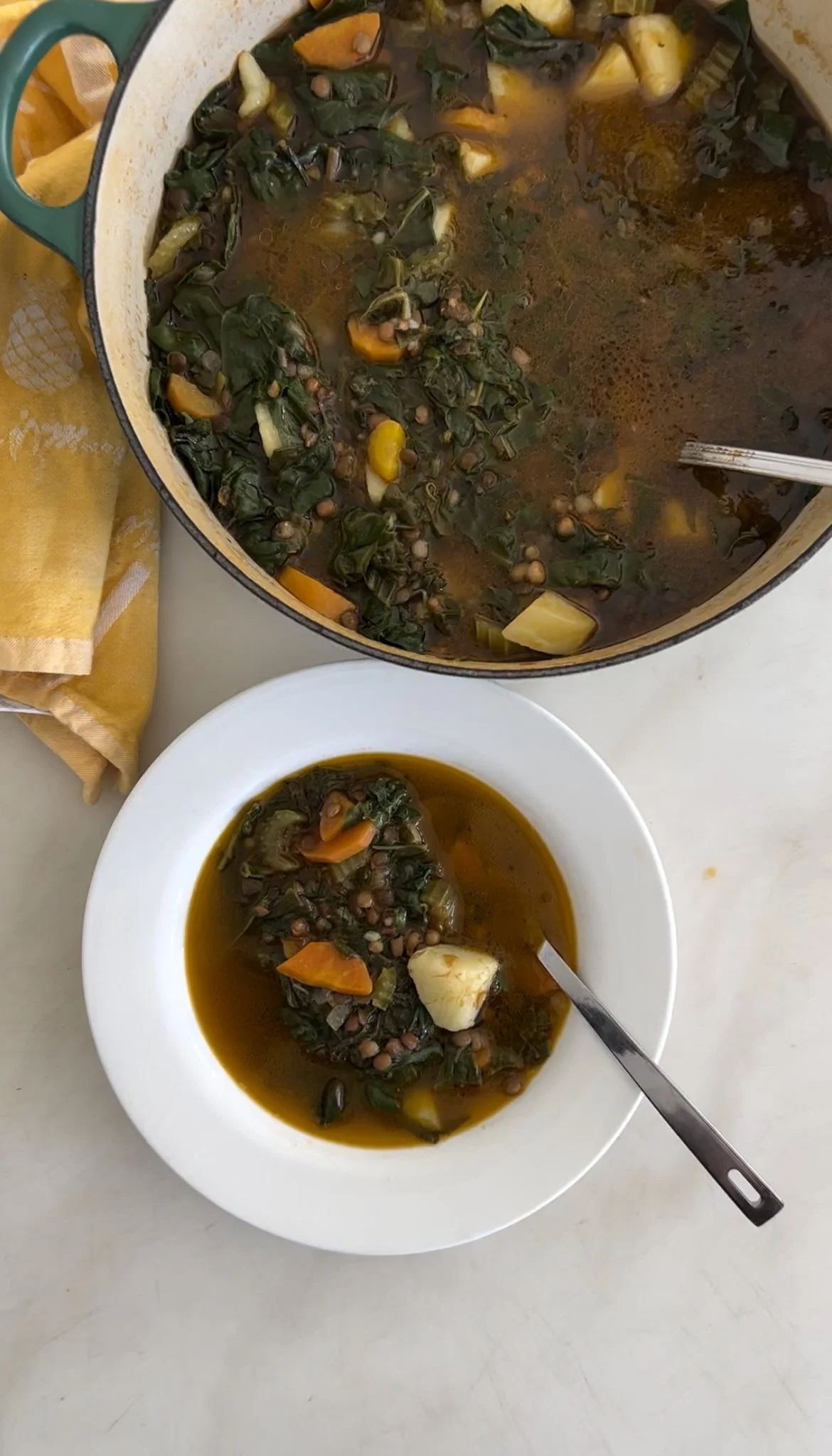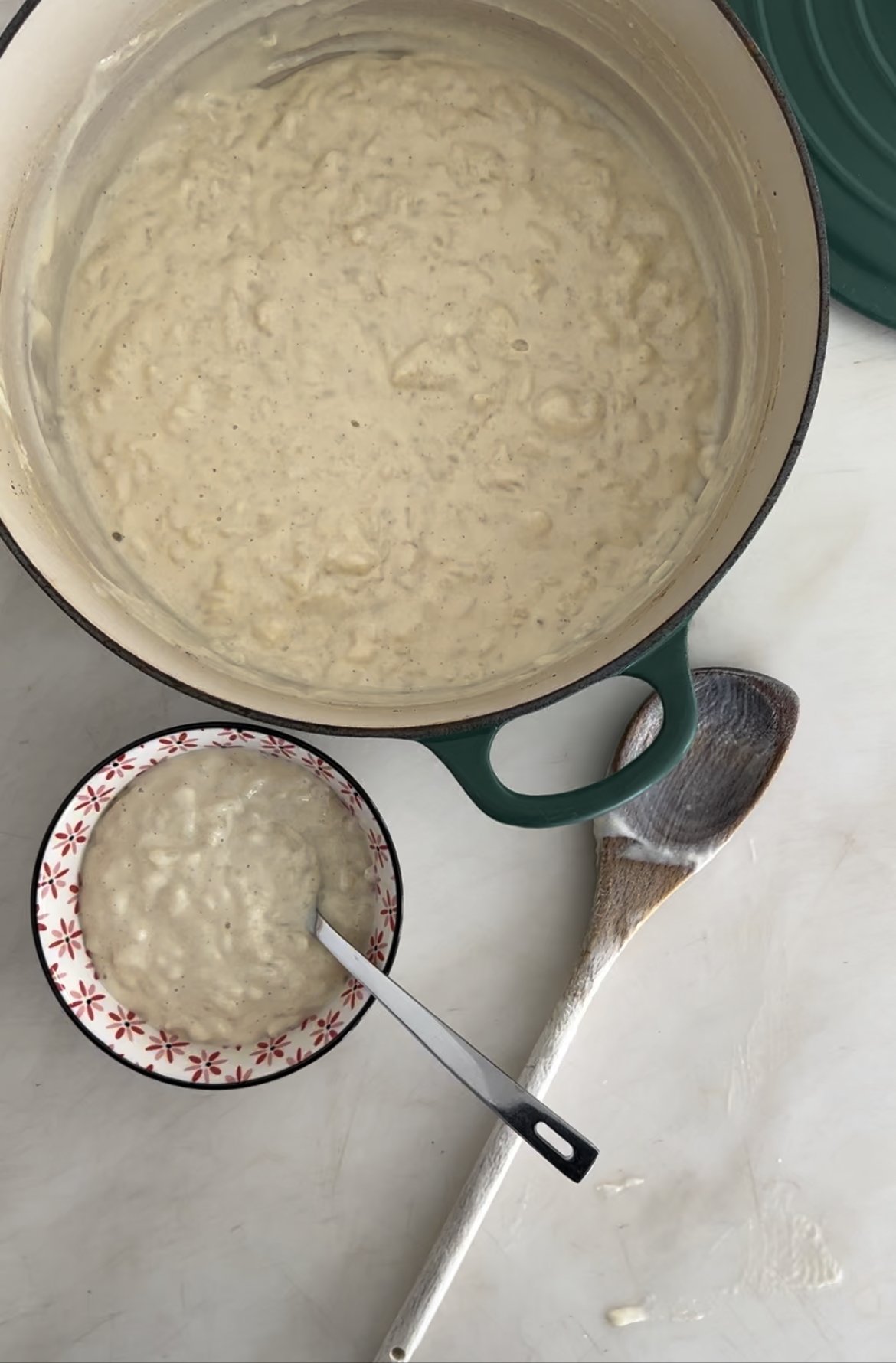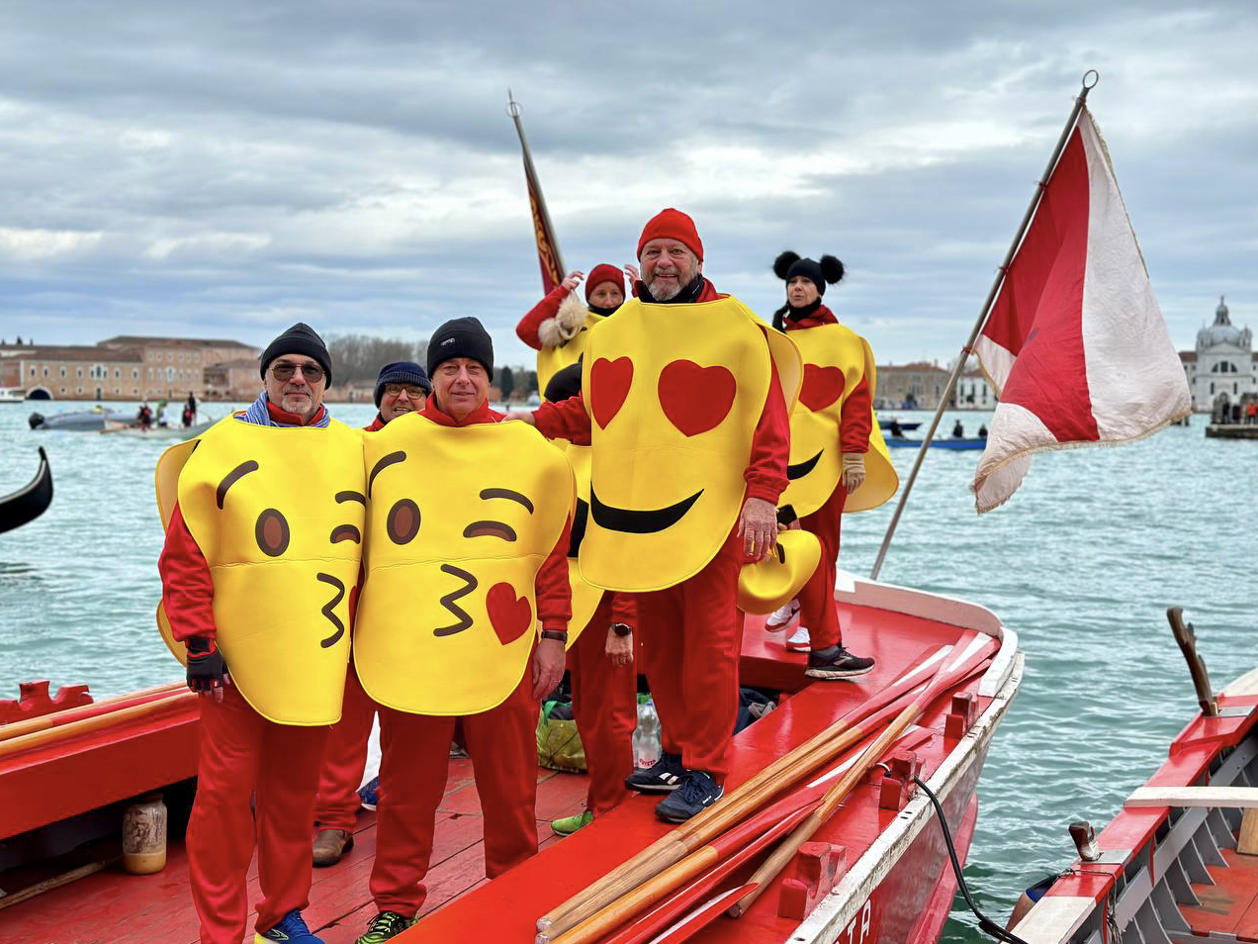The Magic of Christmas Markets in Italy
Bolzano Christmas Market Photo: Stefano_Valeri/Shutterstock
Author: Anna Wolf
Christmas markets are one of the most charming and festive aspects of the holiday season, not only in Italy, but all over Europe. They are usually held in the main squares of towns and cities, where wooden stalls offer a variety of goods, food and drinks. But where did this tradition come from?
The first Christmas markets in Europe can be traced back to the Middle Ages, when German territories covered a large part of the continent. They were originally called “winter markets” and were held on religious feast days, to sell food, handicrafts, and other items for the cold winter months. Some of the oldest and most famous Christmas markets in Germany are in Dresden and Nüremberg who date back to 1434 and 1628. Today, one of the most visited historic Christmas markets in Europe is the Strasbourg Christmas market, located in the Alsatian city of Strasbourg, France. Strasbourg has been holding its “Christkindelsmärik” around its cathedral since 1570. Today, the city proudly claims to be the “Capital of Christmas” in Europe.
Also numerous Italian cities traditionally hold Christmas markets. They are usually held from December 8, the feast of the Immaculate Conception, to January 6, the Epiphany. One of the most distinctive features of the Italian Christmas markets is the “presepe”, or nativity scene. The presepe is a representation of the birth of Jesus, and it can be found in churches, homes and public places. It can be made of wood, paper or even chocolate, and usually includes various figures, such as animals, angels and shepherds. The city of Naples is particularly famous for its elaborate presepe.
Image from https://www.napolike.com/christmas-fair-in-san-gregorio-armeno-2018-in-naples
Another highlight at the Italian Christmas markets is the food. Some of the typical specialities that can be found at the markets are “panettone” (sweet bread with candied fruits), “pandoro”, (star-shaped cake with powdered sugar), “torrone”, (nougat with nuts and honey), and “panforte”, (dense and spicy fruitcake). Of course, no Italian Christmas market is complete without a cup of mulled wine, called “vin brulé”.
The most popular and biggest Christmas market in Italy is the one in Bolzano in the region of Alto Adige. For over a month, in around 80 wooden huts in Alpine style, handmade gifts, ceramics, candles and wooden figurines are displayed. Every year, thousands of visitors come to the beautiful Piazza Walther to enjoy the festive spirit. On long weekends it can get quite crowded. Its history goes back to 1989, when the German city of Nüremberg donated its Christmas market statute to the city of Bolzano. Bolzano then opened its first Christmas market in 1991, which was immediately very popular.
So, are you in the “Christmas Market mood” already? Then why not plan your next trip to Italy or Europe during the Christmas season, and experience the charm of the markets? My advice to you: Keep in mind that besides the big and famous markets, there are also many less-known, tiny Christmas markets in smaller towns. They only wait for you to be discovered…

































